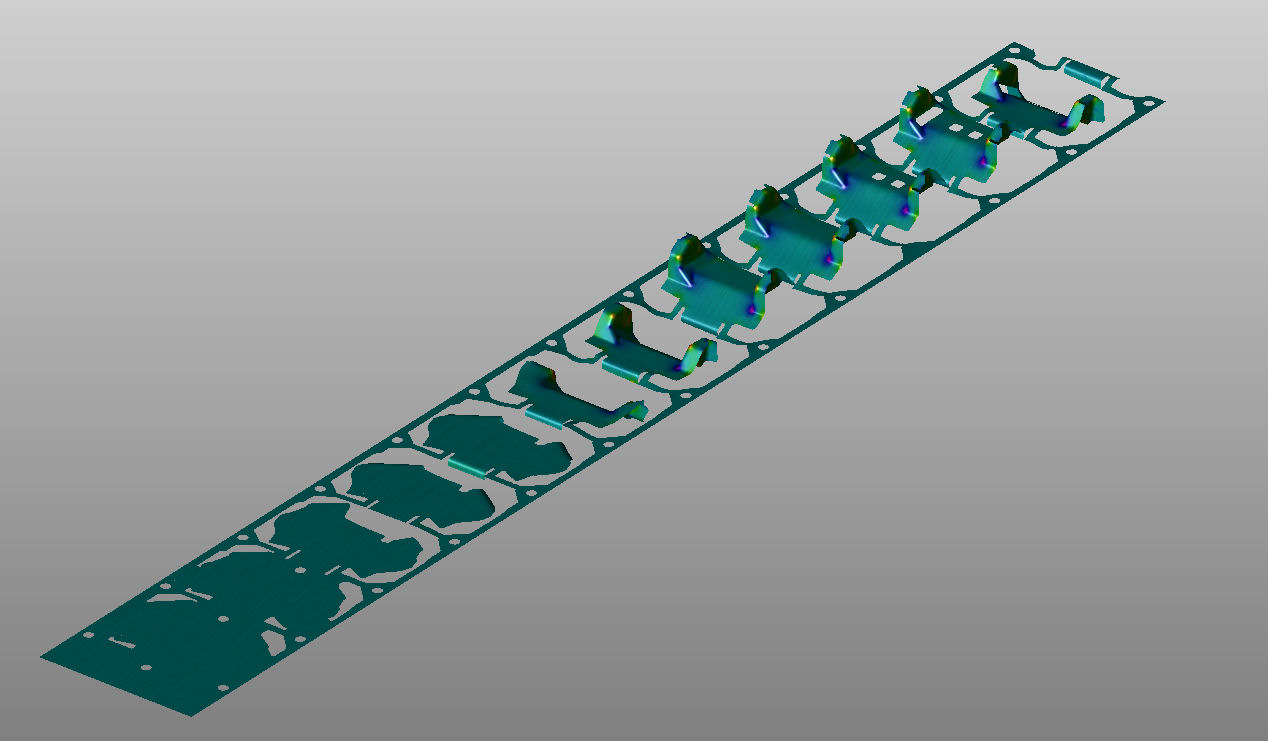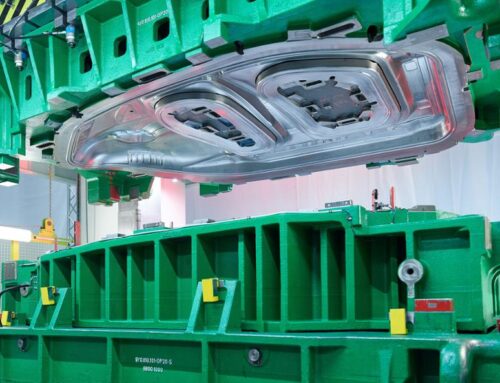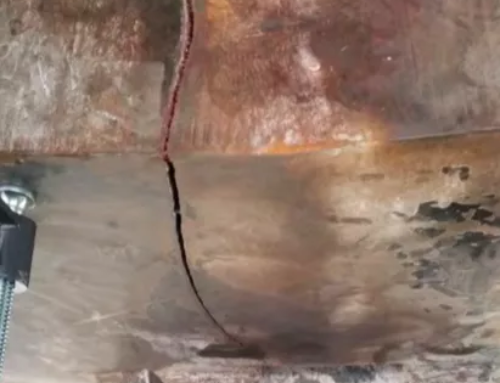Through my website, someone asked about the deformation modes in sheet metal forming. My response:
The three deformation modes in three-dimensional forming are draw, plane strain, and stretch. These can be visualized by imagining a circle of known diameter etched into the sheet metal when it is still a flat blank. Deforming the blank turns the circle into an ellipse. By definition, the longest dimension of the ellipse is the major axis, and you can determine the major strain as the percent increase in that dimension. The minor axis is perpendicular to the major axis.
Depending on the shape of your blank and your tools, the dimensions of the minor axis can either be smaller than the original diameter, the same size as the original diameter, or larger than the original diameter.
→ If the dimension of the minor axis is smaller than your original circle diameter, you will have negative minor strain, and you are in the “draw” deformation mode.
→ If the dimension of the minor axis is the same as your original circle diameter, you will have zero minor strain, and you are in the “plane strain” deformation mode.
→ If the dimension of the minor axis is larger than your original circle diameter, you will have positive minor strain, and you are in the “stretch” deformation mode.
These three zones are represented on the Forming Limit Curve from left to right as the downward sloping section (draw), the lowest point on the Curve (plane strain, at 0% minor strain), and the upward sloping section (stretch) to the right of the lowest point.
Knowing your deformation mode in a given area will help with troubleshooting any issues related to local metal flow.
Best of luck!
Danny Schaeffler
Engineering Quality Solutions, Inc. … http://www.EQSgroup.com
4M Partners, LLC … http://www.Learning4M.com





